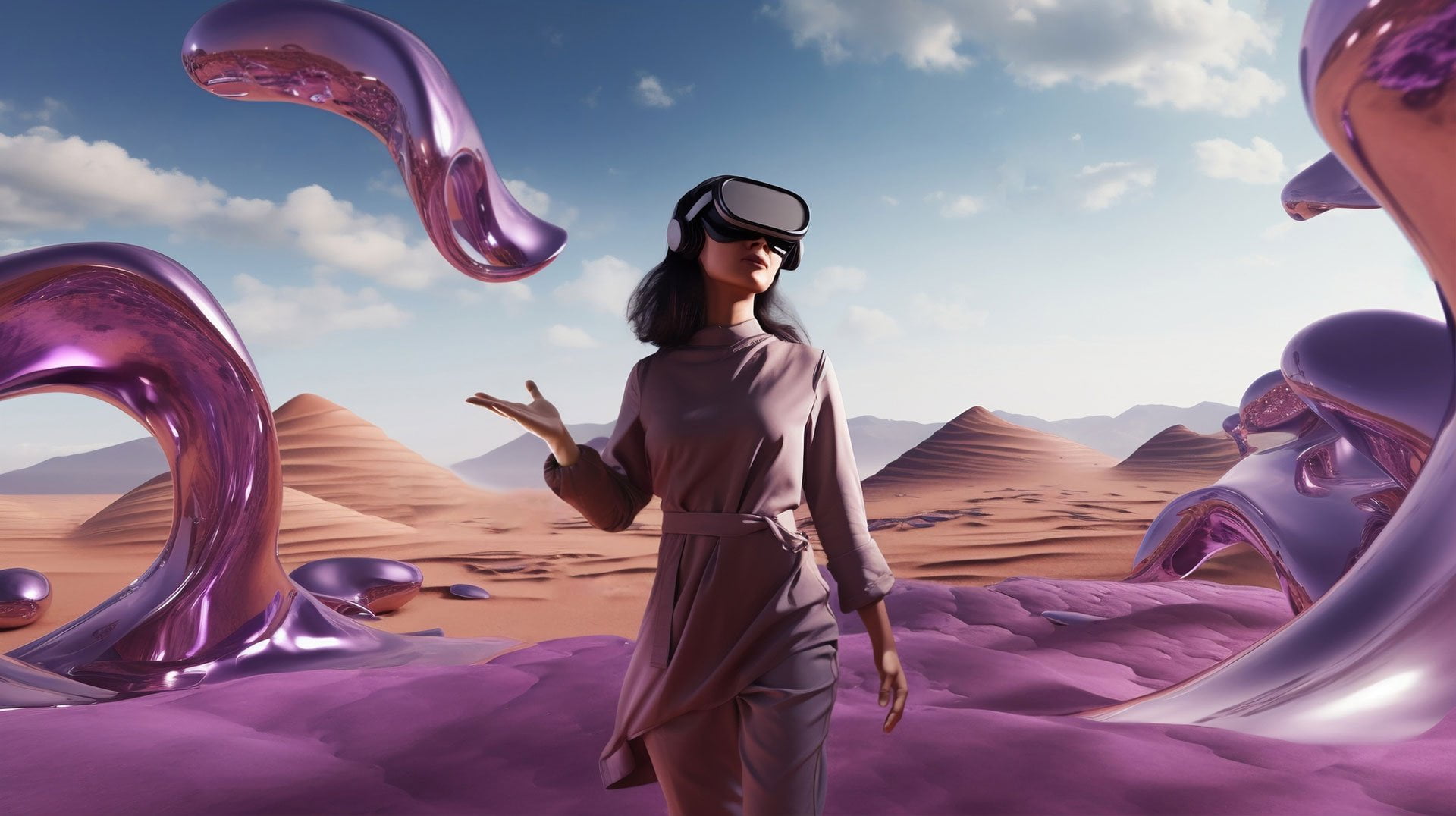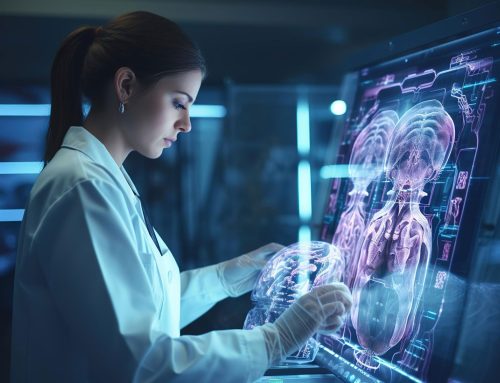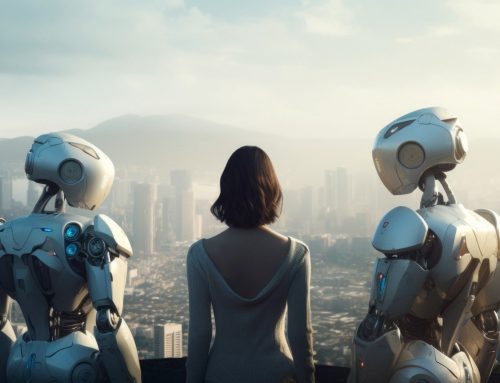“The Apple Vision Pro Headset” is a tech revolution in every sense. Though it offers multiple entertaining functions, it is not only reserved for fun, but instead, it is a powerful business tool to fully explore.
Table of content
What is Mixed Reality Technology?
3 Universal Practices Among all Industries
Eurisko Support Businesses in Spatial Technology
What is Mixed Reality?
Mixed Reality (MR) is the combination of both Augmented Reality (AR) and Virtual Reality (VR).
MR technology incorporates real-world objects into a virtual environment, as well as it integrates digital objects into the real world enabling them to interact with any physical surroundings the user occupies.
One of the most significant key advantages of Mixed Reality is its ability to understand the depth of any environment you are in which allows the natural interaction with virtual objects using eye-tracking or speech recognition.
3 Universal Practices Across All Industries
Though each industry can benefit from Mixed Reality in a unique way, some benefits can be reaped by any business in the world.
Improving The Customer Experience
Businesses like retailers, real estate, and car manufacturers, can utilize Mixed Reality to facilitate their buying decisions.
Real Estate: inspecting properties through virtual tours
Furniture: visualizing how furniture would look in their homes
Retailers: try on clothing before making a purchase
Case Study: Ikea AR Furniture App
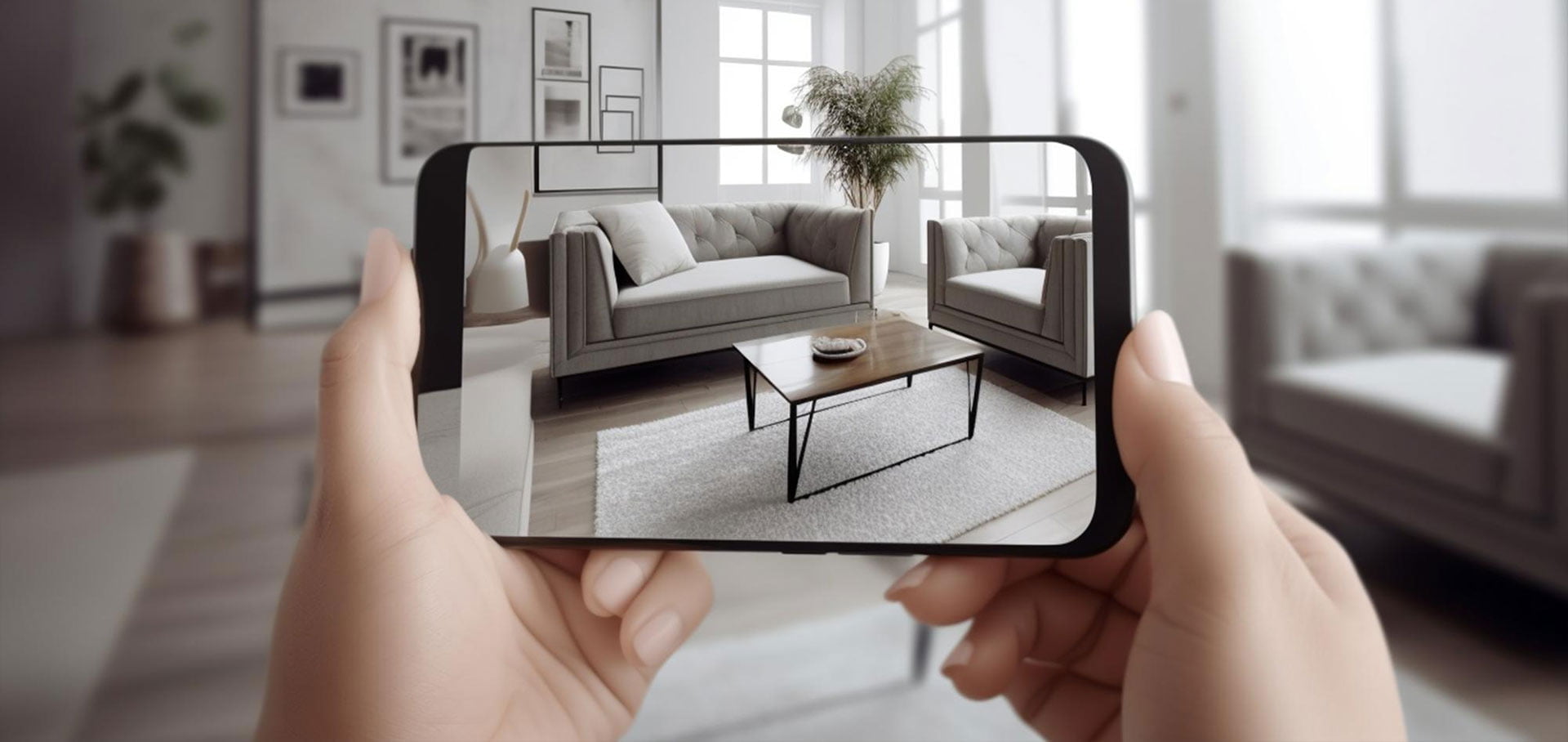
Ikea’s loyal customers, like others, often had difficulties visualizing how furniture would look and fit in their homes.
To improve their customer experience, Ikea developed an AR furniture app, enabling customers to virtually place furniture within their own living spaces.
This AR app boosted customer satisfaction by reducing the likelihood of returns due to misfitting or dissatisfaction.
Streamlining Training, Learning, and Onboarding
Many industries such as healthcare and manufacturing are empowered by Mixed Reality in delivering immersive training.
Employees, trainees, and students can learn in a life-like environment with fewer materials but with a better view and control.
Mixed Reality allows learning outside traditional classroom settings, and real-time personalized feedback for learners.
Case Study: Surgical Training with Osso VR
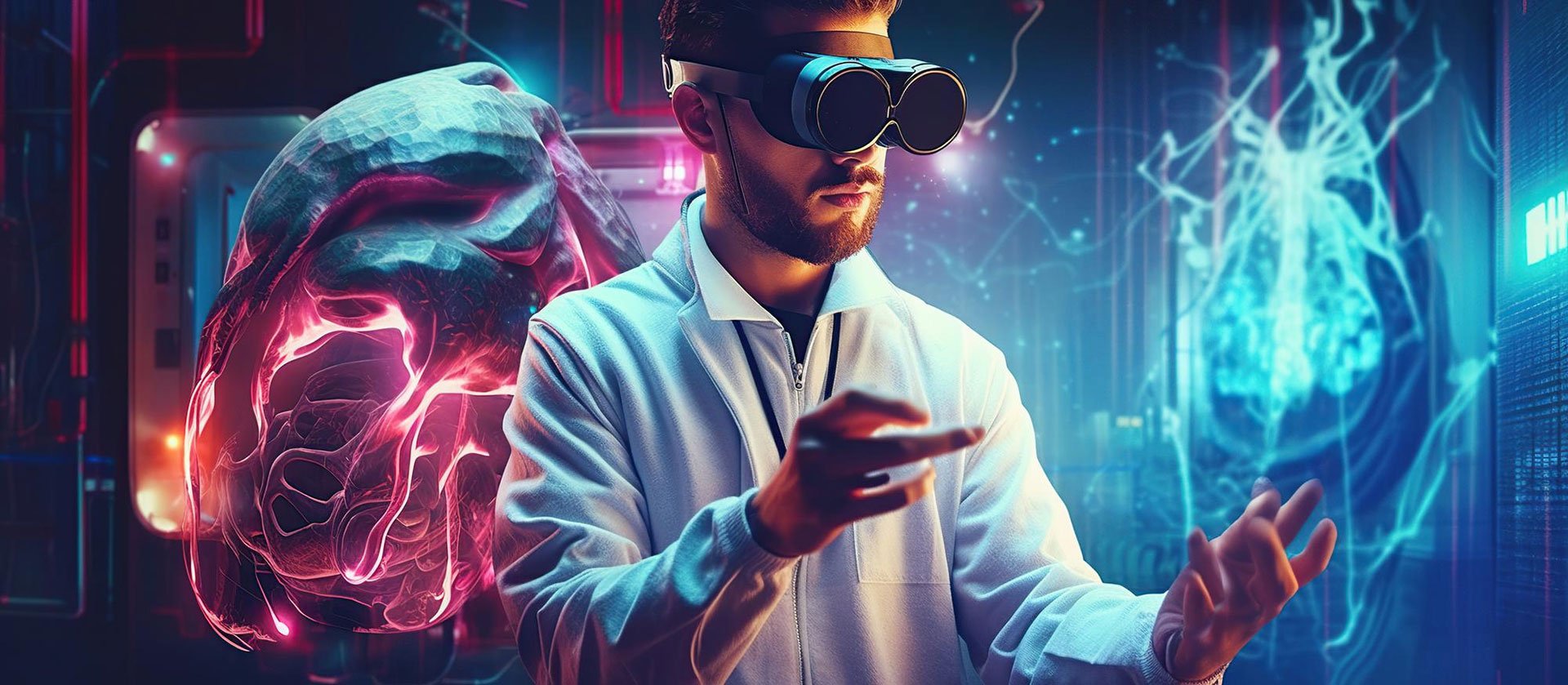
Every aspect of healthcare requires thorough training especially surgical ones.
However, access to a real surgical environment for practice is limited and costly.
Osso VR, a virtual reality surgical training platform, was created to provide realistic and safe hands-on experience to practicing surgeons in a virtual environment.
As a result, the platform demonstrated a 230% increase in performance scores compared to traditional training methods.
And the time required for surgeons to become proficient in new procedures was significantly reduced, leading to better patient outcomes.
Enhancing Remote Work
Mixed Reality transforms remote work from a detached and isolated experience into a fully interactive and collaborative endeavor.
By creating personalized virtual workspaces workers can optimize their workflow and boost their focus by using virtual screens, sticky notes, and digital whiteboards.
Virtual meetings become an exciting and rewarding experience and collaboration becomes more interactive as participants (team members and customers) can
- Use AR capabilities to overlay digital information onto their physical environment.
- Share 3D models, interactive documents, and holographic presentations.
- Appear in avatars and have their faces and facial expressions replicated through a 3D digital representation
Case Study: Ford’s Immersive Design Process
The automotive design process is time-consuming and resource-intensive as it involves extensive prototyping, physical mock-ups, and iterative model adjustments.
Coordinating the efforts of global teams poses an additional tremendous challenge faced by all car manufacturers.
In an attempt to reduce these costs and facilitate global team efforts, Ford established a virtual design studio using VR headsets and advanced spatial computing software.
All its designers around the globe can now converge in a shared 3D space, and by using VR headsets they can view and interact with virtual car models in real-time.
And instead of building costly physical prototypes. They create virtual models that are examined from every angle.
In this revolutionizing step, Ford enhanced the global collaboration of its teams, reduced its manufacturing costs, and accelerated the design cycle.
Eurisko Supports Businesses in Spatial Technology
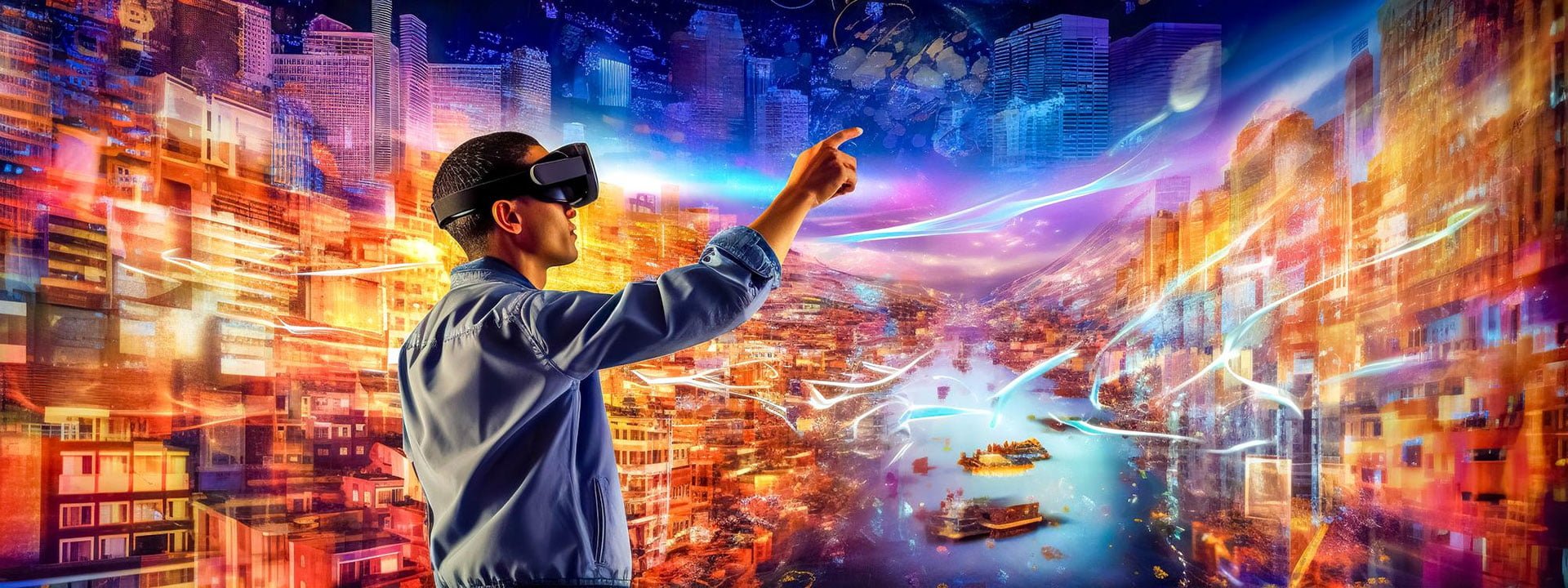
Eurisko facilitates businesses’ investments in Mixed Reality by designing, developing, and integrating digital products with Mixed Reality headsets.
Games
We create fully immersive and engaging games on all devices, using 3D models, AI-powered NPCs, superimposition on the elements, and advanced wearables.
Mobile Apps
We develop AR apps by overlaying digital information on real-world objects. Such apps can improve the customer experience in a way similar to the Ikea AR furniture app.
Digital Twins
We build digital twins for a variety of industries, including automotive, healthcare, retail, and manufacturing, as well as for smart cities. By using real-world data, we create simulations that can predict how a product or process will perform, like a vehicle, wind farm, or organ donation.
Remember the Ford Case study!
Wearable Apps
We create apps for wearables like smartwatches and wristbands, as well as we support wearable virtual reality devices like Apple Vision Pro, Meta Quest Pro, Oculus, Rift, Magicleap, Samsung Gear, Google Cardboard, and HTC Vive.

